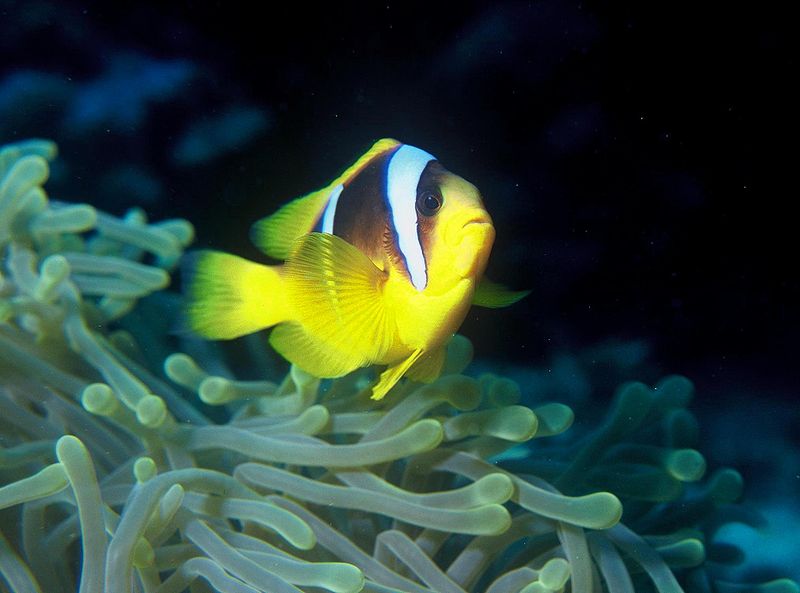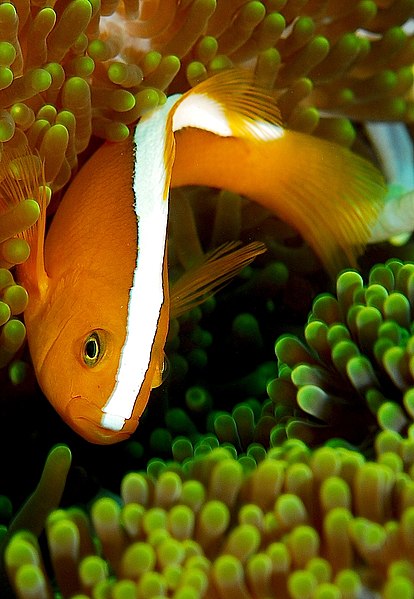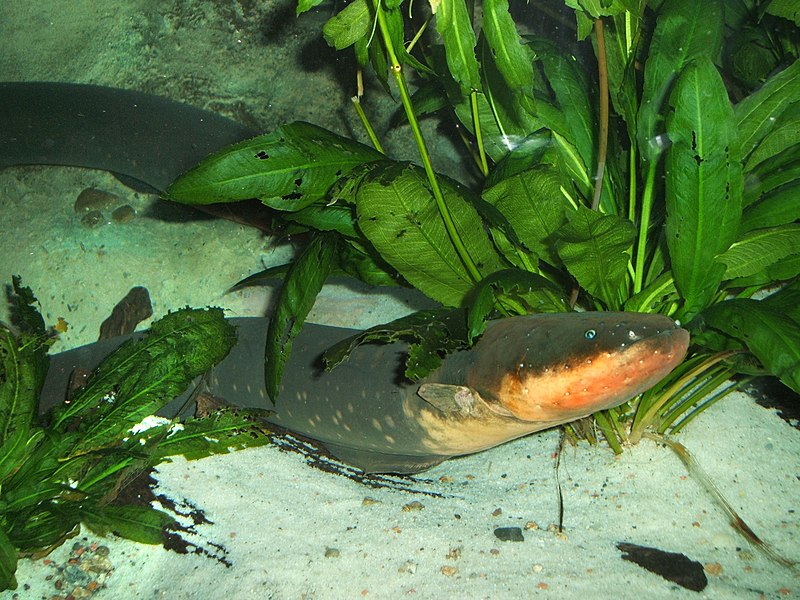Please welcome Sam Yost as a blogger on That Fish Blog. Sam has recently been promoted to Fish Room Supervisor and will be graduating from Millersville University in December with a degree in Marine Biology.
Hello, My name is Sam Yost. Being a hobbyist and working with other hobbyists in the trade, I have grown to understand that keeping good water quality is one of the most important parts of aquarium keeping. If your aquarium water quality is bad, and a regular maintenance schedule is not kept, your fish will not be healthy, or will not live to their full potential.
There are many things that can happen in a tank to degrade the water quality. One of the major problems in maintaining water quality is overfeeding. By overfeeding, a lot of unused food ends up breaking down in the tank. It can be difficult to tell when fish have had enough, especially if there are a lot of fish in the tank, but it may be best to underfeed instead of dumping copious amounts of food. When uneaten food breaks down in the tank, it can cause a spike in ammonia, nitrites or nitrates. This spike, even if it is small, can be deadly to fish. It may also settle into the substrate, where it can break down and cause chemistry problems, fish illness and other problems down the line.
There are several things you can do to help alleviate these overfeeding/water quality issues.
Consider what your fish need. Different fish can require different types and sizes of food, and some may require more frequent feedings than others. Generally, fish should be fed food that is about the size of their eye or smaller, or foods that can be broken easily, like flakes, that they can easily take in.
The amount of food administered should be what they can consume with in a minute or so. It is better to feed your fish several small meals than one large meal. Generally in a community, small feedings in the morning, evening and night will work great! By doing three small feedings, there is a smaller amount of food being wasted.
Small, frequent feedings are also more healthy for the fish. They are not eating so much that they look bloated, and the food can be used more efficiently.
You can also minimize the amount of waste that is put in to the tank by rinsing frozen food. This action gets rid of excess preservatives that are used to keep the food fresh so they go down the drain instead of breaking down in the tank.
Finally, small frequent water changes to reduce nitrates and gravel siphoning after several days can remove any waste and decaying food from the substrate. A good, regular maintenance schedule will allow you to keep the water pristine and give your fish the best possible water quality for long, happy, healthy lives!
Thanks,
Sam
 That Fish Blog – Aquarium Advice and Information
That Fish Blog – Aquarium Advice and Information

 territoriality they often express as they mature. They are generally not suitable for tanks under 55 gallons (some not less than a 75 to 100 gallon tank) and should only be mixed with fish that can stand up to the potential for chasing and harassment that sharks can dish out (especially to their own kind). Smaller fish may eventually be seen as a snack as the fish grow. Sharks make bold and interesting additions to freshwater semi-aggressive communities, as long as the tank is of adequate size and the conditions in the tank suit their needs. Suitable tank mates for most include fish like barbs, catfish, large tetras, and other fish of similar temperament.
territoriality they often express as they mature. They are generally not suitable for tanks under 55 gallons (some not less than a 75 to 100 gallon tank) and should only be mixed with fish that can stand up to the potential for chasing and harassment that sharks can dish out (especially to their own kind). Smaller fish may eventually be seen as a snack as the fish grow. Sharks make bold and interesting additions to freshwater semi-aggressive communities, as long as the tank is of adequate size and the conditions in the tank suit their needs. Suitable tank mates for most include fish like barbs, catfish, large tetras, and other fish of similar temperament. this species tends to be rather skittish unless kept in small groups. These fish tend to be more shy and docile than many of the other sharks. Reaching a length of between 13 and 15 inches potentially, this species is best left to aquarists with tanks of at least 75 gallons or more for a single specimen, much larger if they are to be kept in the security of a small group.
this species tends to be rather skittish unless kept in small groups. These fish tend to be more shy and docile than many of the other sharks. Reaching a length of between 13 and 15 inches potentially, this species is best left to aquarists with tanks of at least 75 gallons or more for a single specimen, much larger if they are to be kept in the security of a small group. few occur in the Atlantic and Eastern Pacific Oceans. They occupy a startling variety of habitats, with many species restricted to specific depths or specific areas of wave action. Several species can even enter brackish waters.
few occur in the Atlantic and Eastern Pacific Oceans. They occupy a startling variety of habitats, with many species restricted to specific depths or specific areas of wave action. Several species can even enter brackish waters. Anemone tentacles fire their sting-bearing cells (nematocysts) upon contact with any organism that they come in contact with. The tentacles are coated with mucus which inhibits them from stinging one another. It seems that the clownfish secretes mucus which mimics that covering the tentacles of the anemone. Therefore, the anemone simply does not recognize the clownfish as prey, or even as a distinct organism!
Anemone tentacles fire their sting-bearing cells (nematocysts) upon contact with any organism that they come in contact with. The tentacles are coated with mucus which inhibits them from stinging one another. It seems that the clownfish secretes mucus which mimics that covering the tentacles of the anemone. Therefore, the anemone simply does not recognize the clownfish as prey, or even as a distinct organism! Sea bass were allowed to watch other bass undergo a training program in which the participants were rewarded with food if they pushed at a certain lever. Some bass were better than others at learning this skill. “Student bass” that had watched “smart” bass immediately pressed the levers themselves when given the opportunity. Those that had observed bass that did poorly in the training took much longer to master the lever trick themselves.
Sea bass were allowed to watch other bass undergo a training program in which the participants were rewarded with food if they pushed at a certain lever. Some bass were better than others at learning this skill. “Student bass” that had watched “smart” bass immediately pressed the levers themselves when given the opportunity. Those that had observed bass that did poorly in the training took much longer to master the lever trick themselves. An American eel that was my mother’s (somewhat unusual!) pet for 17 years quickly learned to associate people with food. It was kept in a high-traffic area, but did not rise to the surface for food unless someone stopped in front of its aquarium…people passing by were ignored.
An American eel that was my mother’s (somewhat unusual!) pet for 17 years quickly learned to associate people with food. It was kept in a high-traffic area, but did not rise to the surface for food unless someone stopped in front of its aquarium…people passing by were ignored. As you can imagine, forming associations similar to “people=food” can increase hunting success in the wild.
As you can imagine, forming associations similar to “people=food” can increase hunting success in the wild.